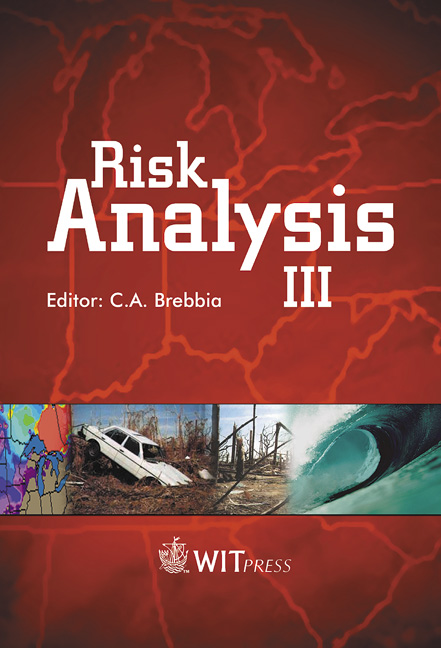Assessment Of Mortality In Landslides In Single And Multiple Slopes
Price
Free (open access)
Transaction
Volume
31
Pages
Published
2002
Size
475 kb
Paper DOI
10.2495/RISK020661
Copyright
WIT Press
Author(s)
M. Pacheco, A. Pinhel & R. Einsfeld
Abstract
This work deals with predictions of mortality in landslide disasters by concepts of QRA (Quantitative Risk Assessment), widely used in the chemical industry, with proper orientation towards the geotechnical practice. These concepts are further coupled to the principle of maximum entropy to enhance rational predictions of mortality in single slopes, whereas a distribution of extremes is used to predict extreme mortality in multiple slopes. Accordingly, statistically consistent criteria leading to simple formulae for practical applications are presented in this work, based upon the development of specific probability distributions to predict the range of expected mortality in single slopes and the extreme mortality within a region comprising multiple slopes. These are useful information for implementation of preventive actions by civil defense and public safety authorities to reduce fatalities in landslide disasters. Practical applications include predictions of fatalities in landslides in Canada, Hong Kong and Rio de Janeiro. 1 Introduction As with other natural disasters, it is virtually impossible to avoid entirely losses of life in landslides, especially in heavily populated urban environments. Retaining structures and other related engineering works for slope stabilization may be effective in areas where the risk is predictable and the cost of stabilization is tolerable. Unfortunately, landslides may occur at unpredictable locations and these quite often represent the most catastrophic events. The problem is most severe in overpopulated metropolises in developing countries,
Keywords





